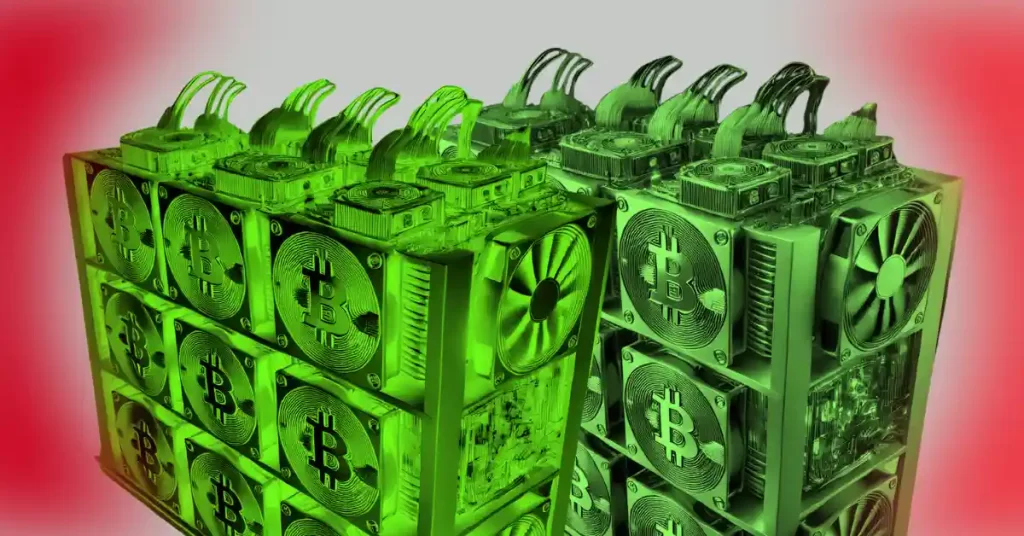
Jupiter’s native token “JUP” was airdropped to users within the Solana ecosystem worth $700 million (approximately 101.5 billion yen, equivalent to 1 dollar = 145 yen). Despite concerns raised over its novel distribution mechanism, within days it was trading in the billions of dollars and attracting thousands of holders.
As of February 2nd, the token was trading around 60 cents, and data shows it has a market capitalization of just over $800 million. Jupiter is a decentralized trading aggregator that routes orders to multiple other Solana-based exchanges and executes orders at the best available price.
On January 31st, Jupiter airdropped JUP to reward users based on their activity on the platform. It also provided a trading pool so those who received the airdrop could sell their newly minted tokens.
According to technical documents, trading pools allow Jupiter to offer tokens at specific price points. The price will depend on market forces and how much liquidity the platform gains over time.
However, this tactic is not an airdrop.Initial DEX Offering (IDO)This angered some crypto asset (virtual currency) market observers. In airdrops, the platform rewards users by giving them tokens, while in IDO, a team of developers sells their token holdings to market participants.
Jupiter’s trading pool strategy has been criticized as an IDO disguised as a fair market pool, with some observers claiming the developer team sold more than $200 million worth of JUP through the market pool. claims to have done so.
The unrest caused the price to drop to 56 cents on February 1, according to Birdeye price data.
However, most of these claims are based on Jupiter’s anonymous founder, meow (@weremeow) by Mr.obviously false” and he said in multiple posts on X that the sales mechanism was incorrectly portrayed.
This fud is blatantly false.
1) The launch pool is there for 7 days to absorb any selling pressure from airdrops or buyer’s remorse, which I believe to be sufficiently long. offline, new buyers have confidence that there is a buffer for selling pressure as well.
Think about… https://t.co/WXDpYwg0kL
— meow  (@weremeow) February 1, 2024
(@weremeow) February 1, 2024
Rumors then circulated that Jupiter might stop providing liquidity seven days after issuance, with some calling it a “rug pull.” However, this rumor was quickly dispelled.
“The launch pool exists for seven days to absorb selling pressure from airdrops and buyer’s remorse, which I believe is sufficient time,” Meow said on February 1. “Conversely, new buyers know they have a buffer against selling pressure.”
All tokens in the pool will remain in team vaults or be used to provide further liquidity in the future, he said in another X post. “This sale itself served as a testbed for Jupiter’s LFG Launchpad, a platform that will allow projects to issue tokens to Solana users in the future,” meow said.
Meanwhile, the Solana community has expressed support for the process and design of this token sale, with two key benefits:transparencyandVenture capital does not hold tokensIt mentions things.
|Translation: CoinDesk JAPAN
|Edited by: Toshihiko Inoue
|Image: Shutterstock
|Original text: Jupiter’s JUP Rallies On With Solana Supporters Leading the Charge
The post Jupiter’s JUP draws ire for its novel distribution method | CoinDesk JAPAN appeared first on Our Bitcoin News.

 1 year ago
113
1 year ago
113














 English (US) ·
English (US) ·